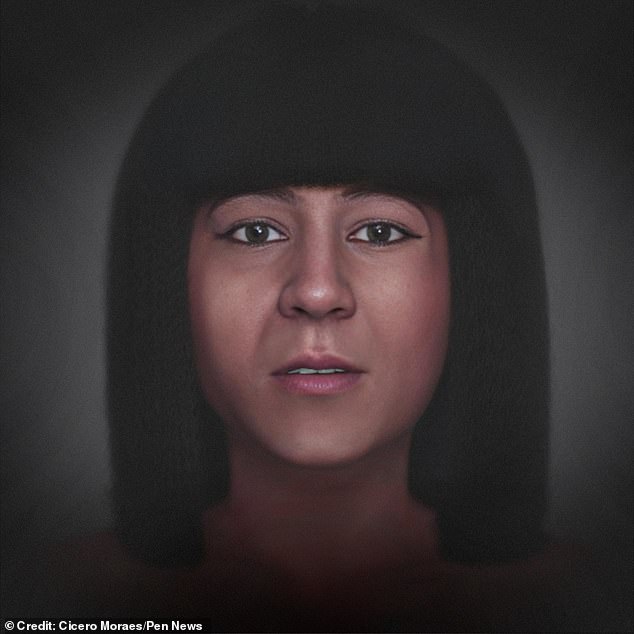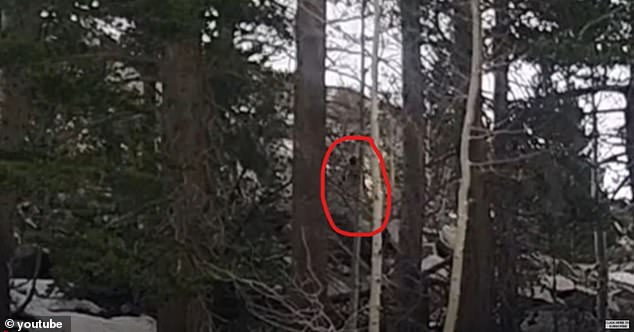
Scientists Reconstruct 2,800-Year-Old Egyptian Priestess’s Face: Divine Songstress Who Soothed the Gods
The Reconstructed Face of an Ancient Egyptian Priestess Revealed After 2,800 Years
[Image 1: Reconstructed face of Meresamun]
The elegant visage of Meresamun, an ancient Egyptian priestess whose voice was believed to soothe the gods, has been unveiled after 2,800 years. Known as a singer in the temple of Amun at Karnak, Meresamun held a position of “high religious prestige” before her mysterious death around age 30. Her mummy, encased in an ornate coffin, remained untouched after being acquired by archaeologist James Henry Breasted in 1920—until now.
Using advanced CT scans, scientists peered through her wrappings to reconstruct her face. Forensic artist Cicero Moraes led the project, describing her as a figure of “dignity and gentleness.” The result, he notes, is a “harmonious and serene” approximation aligned with her sacred role.
A Priestess of Legend
Meresamun’s name translates to “Amun Loves Her,” reflecting her revered status. Her intricate coffin, adorned with vivid colors and symbols, identifies her as a musician priestess in Amun’s inner sanctum. The Ashmolean Museum, which houses her remains, explains that temple music was essential for appeasing deities. “Her singing connected the divine and mortal realms,” Moraes added, emphasizing her elite social standing.
[Image 2: Meresamun’s decorated coffin]
The Science of Reconstruction
To revive Meresamun’s likeness, Moraes merged forensic techniques. CT scans of her skull provided a digital base. Soft tissue markers, informed by modern donor data, shaped her facial structure. Next, “anatomical deformation” adjusted a donor’s virtual skull to match Meresamun’s dimensions. The final grayscale model was enhanced with estimated skin tone, hair, and details reflective of her era.
[Image 3: CT scan process showing skull markers]
Despite her small stature—1.47 meters (4’10”)—and a slight above-average cranial capacity, Meresamun showed no signs of disease or trauma. “Her death remains a mystery,” Moraes stated, though her well-preserved bones suggest a life of privilege and nutrition.
A Glimpse into History
Moraes, known for aiding criminal investigations, stressed the reconstruction’s accuracy: “The anatomical data was rigorously followed.” While artistic interpretation plays a role, the result offers a plausible window into her appearance. The study, published in OrtogOnLineMag, bridges ancient history and modern science, honoring Meresamun’s legacy.
[Image 4: Side-by-side of skull and final reconstruction]
This breakthrough not only illuminates Meresamun’s story but also showcases how technology can resurrect the forgotten faces of the past. As Moraes concludes, “She lived over two millennia ago, yet now, we can look into her eyes again.”
(Word count: ~600)


